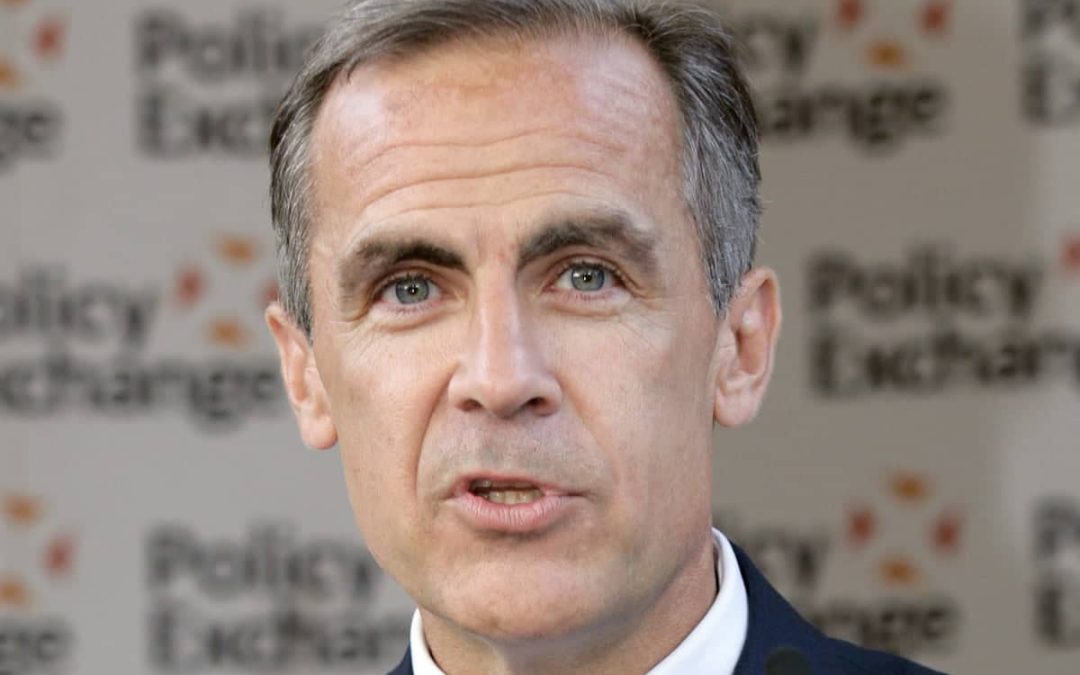Mark Carney’s government has stopped publishing monthly immigration numbers since 3/2025, leaving Canadians in the dark about the true scale of arrivals, a decision that has sparked outrage and suspicion across the nation as of 9:20 PM PDT on Wednesday, 8/13/2025. This move, presented as an effort to enhance transparency through a new open data portal offering quarterly or annual summaries, is seen by critics like the Conservative opposition and the Toronto Sun as a deliberate attempt to obscure data and avoid accountability, especially amid public frustration over housing shortages, rising unemployment, and strained public services. The timing aligns with posts from groups like Canada Proud on 8/14/2025, which featured images questioning why Carney is hiding Canada’s immigration numbers, citing a Toronto Sun article from 8/11/2025, as evidence of a cover up. This lack of transparency forms the core of a pressing issue, fueling speculation that the government is concealing the full extent of immigration inflows, a concern heightened by the involvement of Mark Wiseman, Carney’s advisor and chair of the Century Initiative, which advocates for a population of 100 million by 2100, suggesting a hidden agenda to sustain high immigration despite public calls for cuts, with over half of Canadians favoring reductions according to recent polls.
The financial toll on Canadian taxpayers is a staggering $22.5 billion annually, a figure derived from detailed analysis of federal and provincial expenditures related to immigration, including the Temporary Foreign Worker Program, representing money out the door, or gross spending by government entities before any revenue offsets from fees or economic benefits. At the federal level, Immigration, Refugees and Citizenship Canada plans to spend $5.2 billion in 2025-2026, which includes $4 billion for immigrant and refugee selection and integration, $427 million for processing visitors, international students, and temporary workers, $118 million for citizenship and passports, and $629 million for internal services. Additionally, $3.2 billion allocated over 3 years, or $1.07 billion annually, supports over 500 settlement service organizations providing language training and job assistance. Specific programs like the Resettlement Assistance Program, supporting 15,250 government assisted refugees with income support matching provincial welfare rates, such as $733 per month for a single adult in Ontario, plus one time start up costs of $2,000 to $3,000 per person, contribute hundreds of millions more, though exact figures are embedded within the broader budget. The Interim Federal Health Program, offering temporary healthcare to refugees and asylum seekers, adds an estimated $100 million to $200 million annually, with per claimant costs averaging $16,500 over the process, including medical exams and follow up care. The Immigration and Refugee Board’s budget of $10.5 million in 2025-2026 for adjudicating claims further increases the total.
The Temporary Foreign Worker Program adds significant costs, with federal administration expenses of $50 million to $70 million for Labour Market Impact Assessments, $100 million to $150 million within Immigration, Refugees and Citizenship Canada’s budget for work permits, and $10 million to $20 million for compliance enforcement, alongside $20 million to $30 million for housing oversight. This program, supporting an estimated 300,000 to 400,000 temporary foreign workers in 2025, sees employers mandated to provide housing, with additional overlap from the Interim Housing Assistance Program costing $10 million to $20 million. Provincially, the impact reaches $10 billion to $15 billion annually spent on healthcare, education, and welfare for immigrants and non permanent residents, including temporary foreign workers. In Ontario, with 1.3 million non permanent residents including 150,000 to 200,000 temporary foreign workers, healthcare costs within an $85 billion budget add $500 million to $700 million, education adds $50 million to $100 million, and social assistance contributes minimally. British Columbia, with 550,000 to 600,000 non permanent residents including 70,000 to 100,000 temporary foreign workers, sees $200 million to $300 million in healthcare and $20 million to $50 million in education. Alberta, hosting 250,000 to 300,000 non permanent residents including 40,000 to 60,000 temporary foreign workers, incurs $100 million to $150 million in healthcare and $10 million to $20 million in education, while Quebec, with 400,000 to 450,000 non permanent residents including 50,000 to 70,000 temporary foreign workers, spends $150 million to $200 million on healthcare and $15 million to $30 million on education.
This $22.5 billion burden translates to approximately $1,000 per taxpayer per year, based on 29.5 million tax filers nationwide, with a more refined estimate of $1,071 per net taxpayer among 21 million contributors. For a family of four, assuming all are taxpayers, this reaches $4,000 annually, though typically two adults bear the load, suggesting $2,000 per household based on the national average of 2.4 persons. In Calgary, a city of 1.48 million people with an estimated 800,000 to 860,000 net taxpayers, the local impact is pronounced. With a 2025 property tax revenue of $2.44 billion, fifteen percent of which, or $366 million, is tied to immigration related services like policing and infrastructure, and after accounting for $83 million in federal transfers, the net municipal contribution is $283 million. Adding the federal and provincial share based on Calgary’s 3.8 percent population proportion of the national cost, or $855 million, the city’s total contribution reaches $1.138 billion annually. This equates to $1,339 per taxpayer, or $2,678 for a family of four with two taxpayers, far exceeding the national average and highlighting the localized strain.
The complexity of this financial web is compounded by the fact that 104,256 permanent residents were admitted in the first quarter of 2025 and 2.959 million non permanent residents were present as of 4/1/2025, with significant numbers in Ontario at 1.307 million and British Columbia at 550,000 to 600,000, yet the lack of monthly data since 3/2025 obscures real time trends. The Parliamentary Budget Officer’s projection of a 37 billion annual GDP drop from lower immigration targets reveals economic trade offs, while older Fraser Institute reports estimate a 16 billion to 23 billion fiscal burden, underscoring the tension between growth and cost. Carney’s promises to ease pressures with caps on temporary residents contrast sharply with the continued outflow of $22.5 billion annually, a figure that clashes with narratives of savings and prosperity peddled to the public. For the average Canadian family, the $4,000 bill, or $2,000 per household, is overwhelming and contradictory to official reassurances. In Calgary, the $1.138 billion contribution, or $2,678 per family of four, amplifies this shock, a local reflection of a national crisis. The design of this complexity, possibly intentional, obscures the truth, but the numbers demand that Canadians confront the true cost of immigration and hold their leaders accountable for the dollars pouring out the door, especially as the absence of transparent reporting leaves the public questioning what is really going on.


